In SHM(Structure Health Monitoring) for bridges and buildings indirect methods are often used, monitoring parameters such as strain, displacement, and acceleration. These methods rely on assumptions like linear elastic behavior of materials, constant boundary conditions, and homogeneous isotropic material properties. However, these assumptions can be incorrect or change over time, leading to unreliable conclusions.
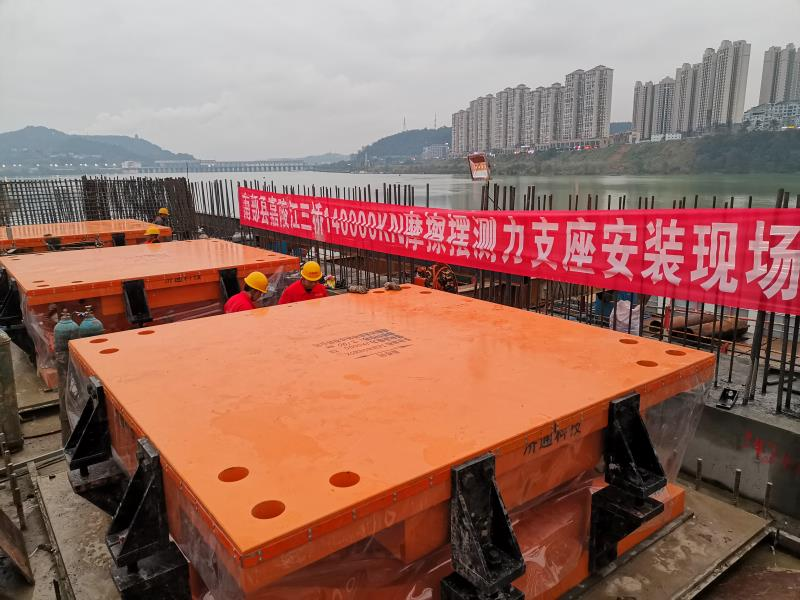
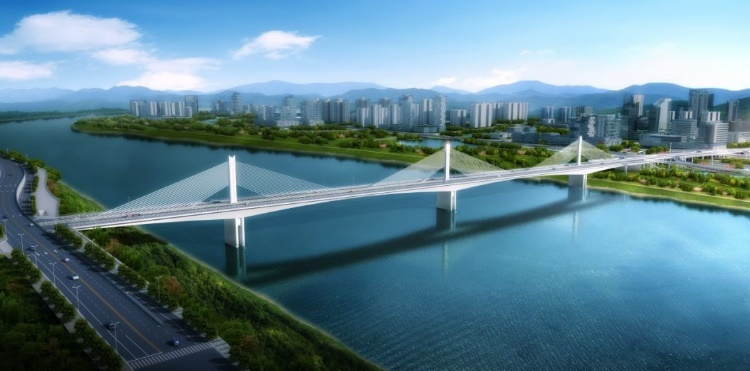
Take an example ( as below)
Nanbu Bridge over Jialing River in Sichuan, China,a cable-stayed bridge with towers connected to the beam. each tower beam is supported by 3 transversely arranged friction pendulum bearings with a load-bearing capacity of 14,000 tons. Finite element analysis concludes that each millimeter of height difference (caused by construction errors, local settlements, Long-term deformation, etc.) will result in the redistribution of over 2,000 tons of bearing load, therefore, the assumptions of constant boundary conditions and evenly distributed bearing loads are not plausible, either in the design analysis stage or during the monitoring of the operational process.
The need for monitoring and controlling of boundary conditions in structures
Load-bearing connectors, such as bearings, cables, and bolts, play a vital role in supporting loads throughout their service life, thereby ensuring stability and safety by effectively distributing and transferring forces. As boundary conditions, their loads significantly influence the determination of internal forces, which are essential for understanding a structure's stability, safety, stress concentration, and dynamic performance. These factors are also important for calculating various structural analytical models. Consequently, directly measuring and controlling these load-bearing connectors, while maintaining their load within a reasonable range, is of utmost importance for the structural safety and longevity.
Limitations of current load monitoring technologies and the need for in-situ calibration
Various technologies, including strain gauges, fiber gratings, magnetic flux sensors, and non-contact sensing, have been developed, with the principle being to collect physical parameters related to load using sensors and calculate the force based on the functional relationship between these parameters and the load.
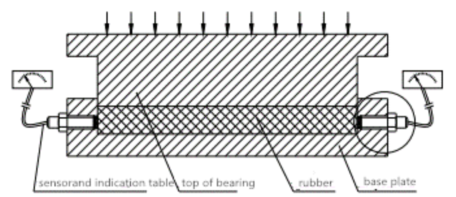
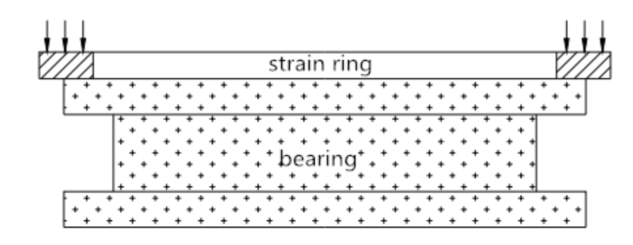
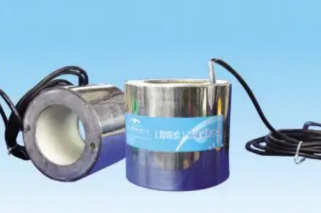
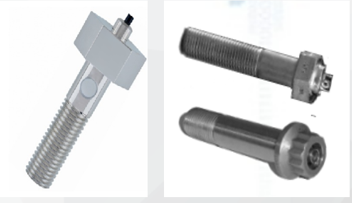
Bearing Hydraulic sensor bearing Strain sensor Cable magnetic flux sensor Bolt Ultrasonic force meters
When the structure is in service, which often spans decades, the following phenomena are unavoidable:
l Drift and creep of sensors,
l Creep of the integrated system
They all results in changes in the functional relationship between sensor readings and loads.

Take magnetic flux sensor in cable as an example
Magnetic flux sensors are integrated into a cable tension measurement system for monitoring the tension of a suspension bridge's cables. Over time, the sensor itself may experience drift, which is a slow change in the sensor's output signal, unrelated to changes in the target object's force. This drift can result from various factors, such as temperature changes, aging of sensor components, or other environmental influences.
Additionally, the cable being monitored may experience creep, which is the gradual deformation or elongation of the material under sustained load. This creep can alter the cable's tension and, consequently, the functional relationship between the sensor readings and the actual tension experienced by the cable.
A monitoring system necessitates dependable and credible data input. At the heart of monitoring is measurement technology, with the foundation of measurement resting on metrology and the traceability of measured data values. In conventional load measurement methods, calibration and traceability of measurement values are often achieved using deadweights and force standard machines. This approach requires that the load-bearing component be first brought to a zero-load state, which can be impractical in structures, This means that current technology lacks the ability to perform in-situ calibration without affecting structures in service, if without the function, the traceability chain becomes compromised.
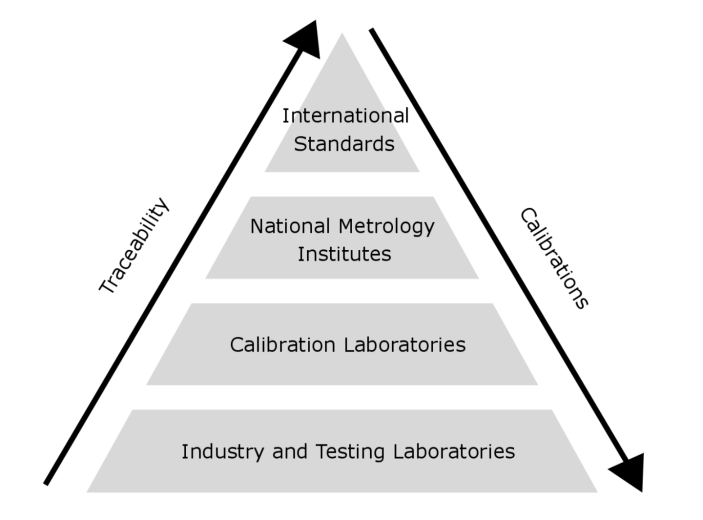
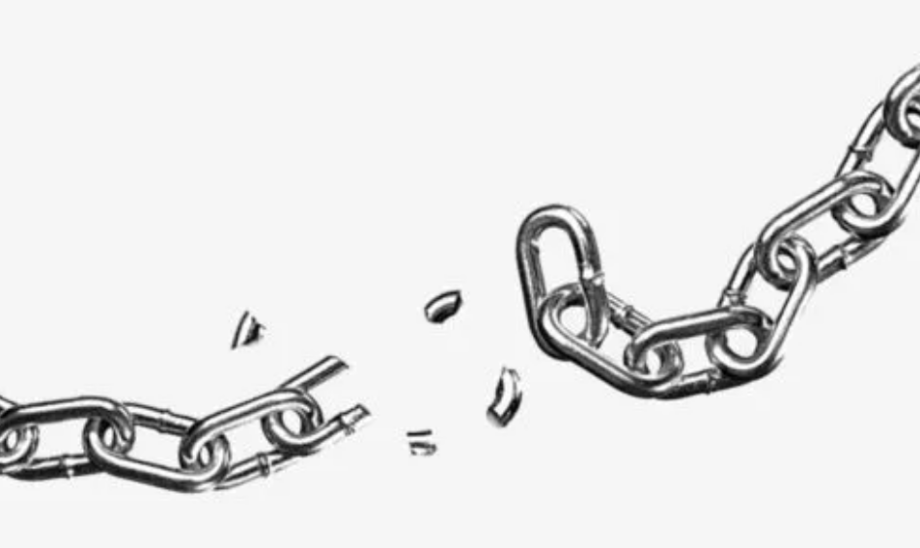
The need for In-situ calibration Broken chain of traceability
(Source: wikipedia) (symbolic as a metaphor)


